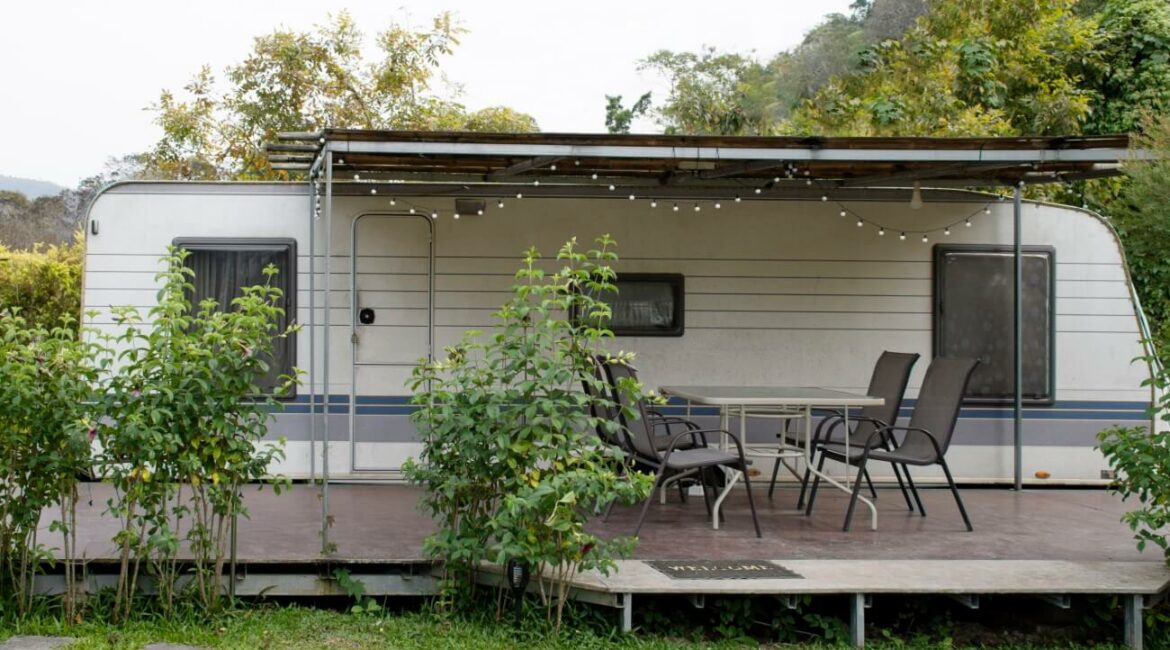Between all those picturesque stops and thrilling adventures, there’s something vital I’ve learned from my RV escapades: the importance of monitoring transmission temperature. You see, as much as I love the freedom of the road, ensuring my RV is in tip-top shape is essential. Let’s delve into why this little detail matters and how you can stay ahead of the game.
Why Monitor Transmission Temperature?
Your RV’s transmission is like its cardiovascular system. If it overheats, you’re looking at potential breakdowns or severe damage. Monitoring the temperature ensures you’re not pushing your RV beyond its limits, especially during those uphill climbs or when towing extra weight.
The Ideal Temperature Range
For most RVs, the sweet spot lies between 175°F and 220°F (80°C to 105°C). Consistently running your RV beyond this can lead to potential problems down the line.
Benefits of Monitoring
- Early Problem Detection: Catching an overheating issue early can save expensive repairs or replacements.
- Improved Fuel Efficiency: A well-maintained transmission system can improve your miles per gallon.
- Longevity: Your RV’s lifespan can significantly increase with regular monitoring and maintenance.
Tips for Maintaining Optimal Transmission Temperature
- Regularly Change Transmission Fluid: Think of it as the lifeblood of your transmission system.
- Install an Auxiliary Transmission Cooler: Especially useful for those long summer trips.
- Drive Wisely: Sudden accelerations and hauling heavy loads can strain the transmission.
Jane’s On-Road Experience
I remember once driving through the Rockies, the temperature gauge started creeping up. Thankfully, having monitored it, I pulled over, let things cool down, and managed to avoid any significant problems. That tiny device saved me from a world of potential headaches!
Transmission Temperature Gauges for Precise Monitoring
To effectively monitor your RV’s transmission temperature, installing a high-quality gauge is key. I recommend the ScanGauge II Ultra Compact 3-in-1 Automotive Computer. This device not only displays real-time transmission temperatures but also provides data on fuel economy, engine trouble codes, and more. It’s easy to install and read, making it a great addition for any RV enthusiast who wants to keep their vehicle in prime condition.
Enhancing Cooling with Transmission Fluid Additives
Another smart way to protect your transmission is by using a transmission fluid additive like Lucas Oil Transmission Fix. This additive can help prevent overheating, reduce slippage, and increase the overall smoothness of your transmission shifts. It’s an inexpensive way to add an extra layer of protection, especially for those older RVs that might be more prone to transmission issues.
Upgrading with an External Transmission Filter
An external transmission filter, such as the Derale High-Capacity Remote Transmission Filter Kit, is another excellent way to maintain transmission health. It helps filter out contaminants from the transmission fluid, leading to less wear and tear and a cooler running transmission. This kit is especially beneficial for RVs frequently driven in tough conditions or used for towing.
Understanding how to drive and tow smartly can also help maintain your transmission’s temperature. Utilizing gadgets like the CURT 51180 Echo Mobile Electric Trailer Brake Controller allows for smoother towing, reducing the stress on your RV’s transmission during those steep inclines or lengthy hauls. This device syncs with your smartphone for easy brake control and monitoring, ensuring a smoother and safer towing experience.
Lastly, never underestimate the value of professional inspections and services. While DIY checks are great, having a trusted mechanic inspect your transmission system can catch problems you might miss. Investing in regular check-ups can prevent costly repairs and extend the life of your RV. No specific product here, but a reminder to budget for and prioritize regular professional RV servicing.
FAQ
Darren, how often should I check the transmission fluid?
It’s a good idea to check it every 1,000 miles. And consider changing it every 30,000 to 60,000 miles, depending on your RV’s make and model.
Can I install a transmission cooler myself?
If you’re handy, absolutely! But if you’re unsure, it’s always best to consult with a professional or a fellow RVer who’s done it before.
How do I know if my transmission is overheating?
Apart from monitoring tools, symptoms can include slipping gears, hard shifts, or a burning smell. If you notice these, it’s crucial to pull over and assess the situation.
Does towing increase the risk of overheating?
Yes, especially if you’re hauling heavy loads. Always ensure you’re within your RV’s towing capacity and consider using a cooler when towing.
Any recommendations for transmission temperature monitors?
There are several on the market, but brands like Edge Insight and ScanGauge are among my top picks for reliability and accuracy.
Safe travels, and may your journeys be as smooth as your RV’s transmission!
- Transform Your Health with Medford Medical Weight Loss Program - June 9, 2025
- A Chat with Nate and Mika, Christian Wedding Photographers - July 18, 2024
- Ultimate Guide To Playing Online Casinos - May 27, 2024









